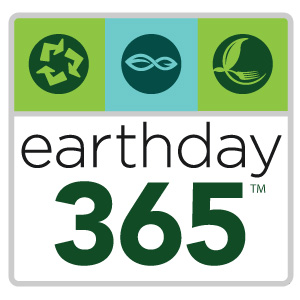Compost food waste: close the loop!
Aaron had this wonderful idea for dinner so, to reduce his carbon footprint, he decided to stop at the grocery store on his way home. With a fuzzy memory of what is on the refrigerator shelves at home, he decides to pick up all the ingredients needed for his meal. The whole family enjoyed his fabulous meal! Everything was so fresh. Little did he know that half of the items he picked up were already in the fridge!
4 weeks, and many more fresh meals later, Aaron opens the fridge only to be knocked out by a putrid smell and brown ooze dripping off the back of the shelf. It is so disgusting he proceeds to throw just about everything from the fridge into the trash can. Checking the sell-by dates, he’s fairly certain that much of the food has gone bad. (By the way, that date has no meaning related to food safety)
Globally, 30% of all food is wasted–5-20% from our own homes. Of that, 97% of food waste ends up in landfills. This is no good because there it either gets sealed in a bubble where it will be preserved forever, or it will degrade and emit methane gas into the atmosphere. Methane is a more potent gas than carbon dioxide, in relation to its contribution to the greenhouse effect. In the United States, food waste amounts to 38 million tons annually and accounts for 21% of all material thrown in the landfill. (EPA stats) Landfills are designed to contain things, not make things. Composting food waste helps you to make an important material for healthy soils.
The EPA has developed a multi-layered approach to managing our food waste as referenced in the EPA Food Recovery Program. Ironically, enough food is grown to feed the Earth’s population, but, unfortunately, there are still starving populations in the world! By utilizing modern farming practices (GMOs, pesticides, monocultures, etc.), we are allowing our rich land to be stripped of its valuable nutrients, to grow food that no one eats! On a personal level, each of us can stop the cycle of wasting food by creating a pile of compost in your backyard to enrich the soil to grow food! (EPA composting at home)
If you are reading this, we know you’re a smart person. You accomplish some amazing things every day and maybe, if you’re lucky, some of those things will have a memory half-life of 30 years or more, like that new Google registration form you made for the office party. Aaron was like that. (Read his story here). Consider that what we throw away will have a more enduring and potentially harmful impact than your Google form where Harry said he was bringing fruitcake.
The best management for home food waste is to put it in a pile outside and let it compost! It happens naturally with very little effort from you. Add some leaves or grass clippings and keep adding to it for years. Composting takes nutrients from your table and puts them back into the soil so that you can grow more delicious food in nutrient-rich soil without adding artificial fertilizers. It is the ultimate local action with positive global impact, and the cycle never ends.
If you would like to support St. Louis Earth Day, please contribute today! Our goal is to help YOU make St. Louis greener!

